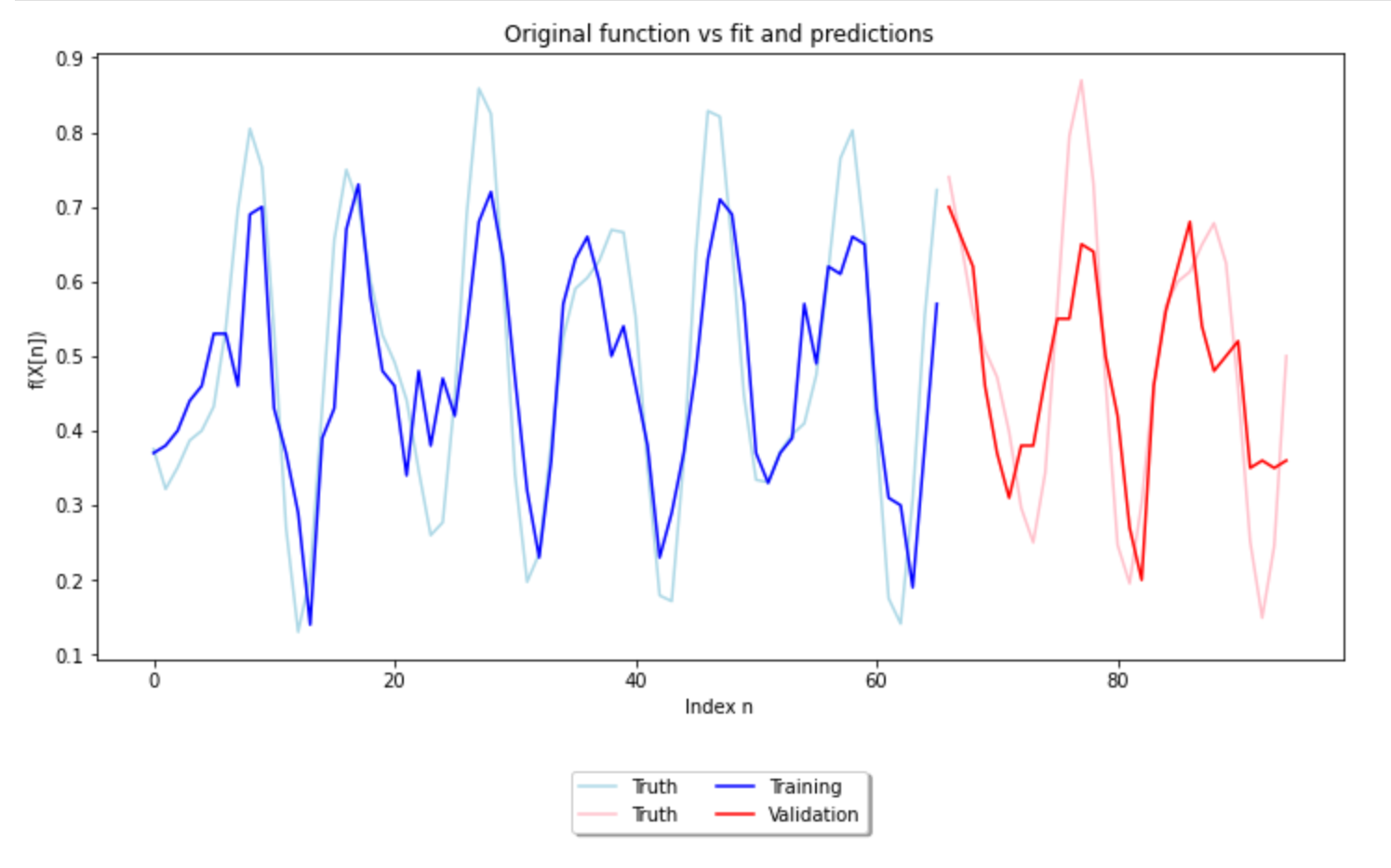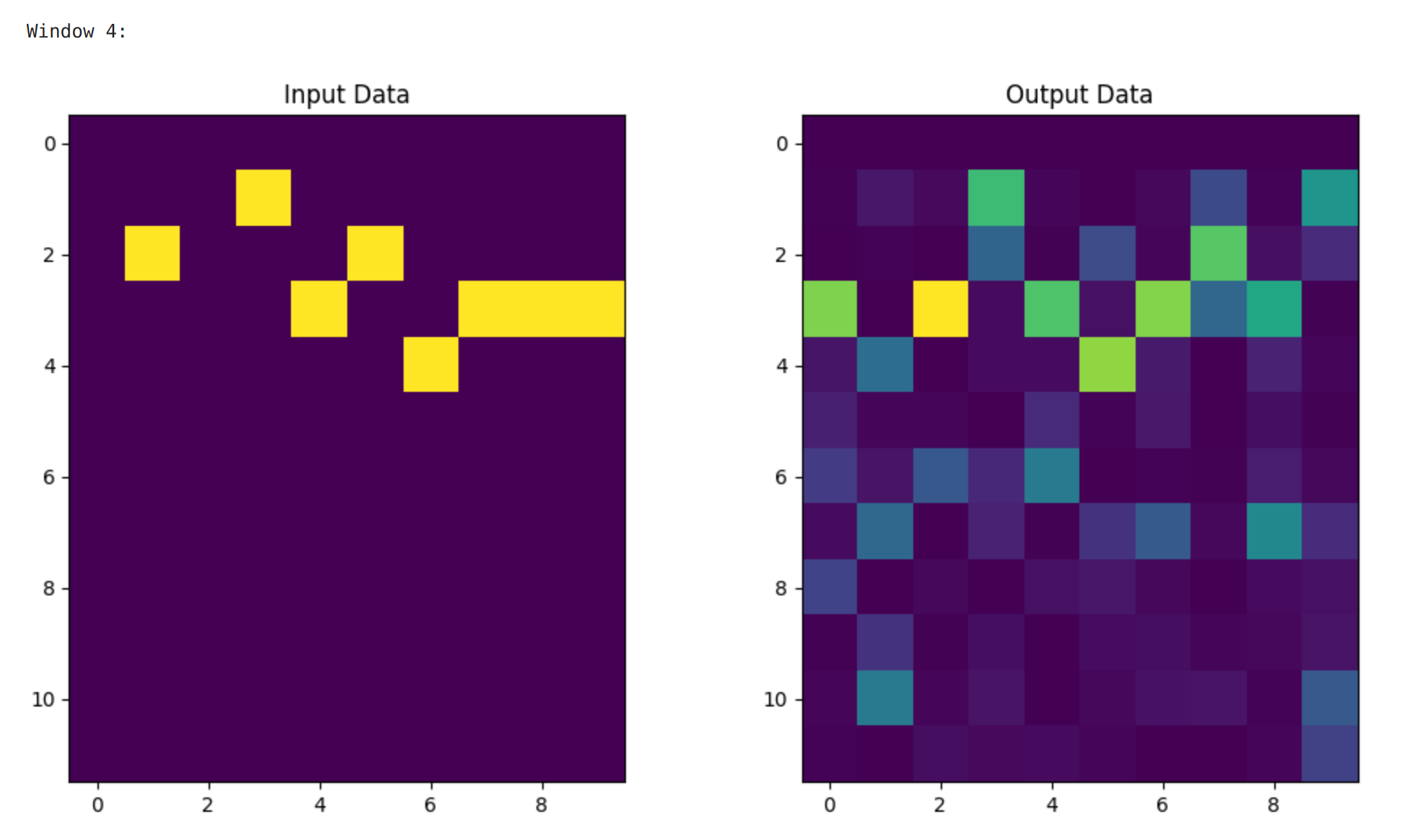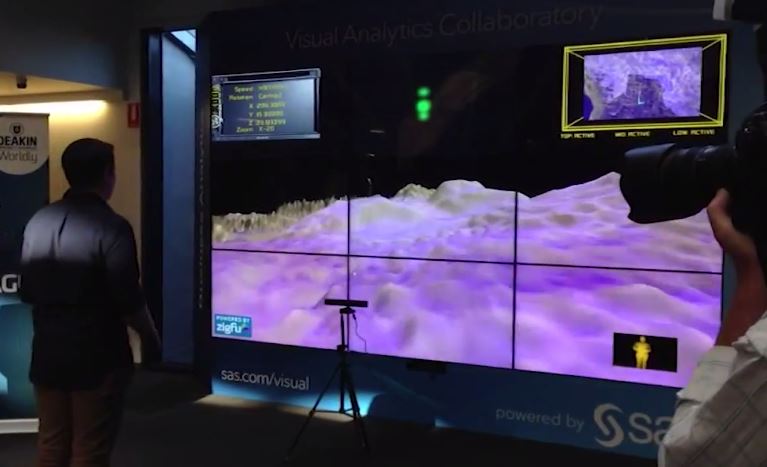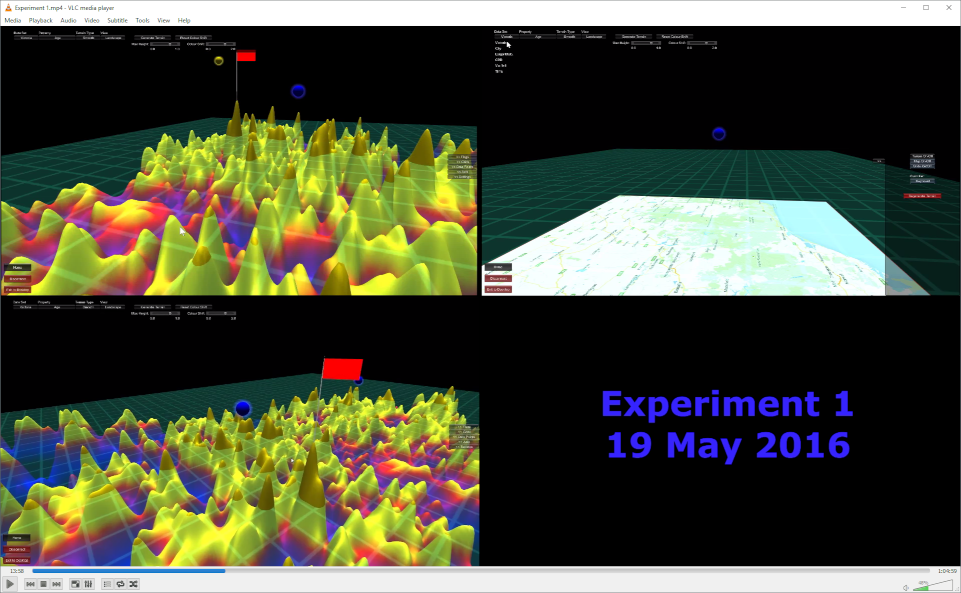- To undertake research that matters today and in 10, 20, 50 years time - quantum technology!
- To be part of a research team seeking breakthroughs in quantum technology.
- To stay at the edge of future quantum technology.
- To act as a bridge between quantum technology and information science.
- To develop viable business, engineering and scientific applications of quantum computing.
- To make development of quantum computing accessible to solution creators and problem owners.
- To identify quantum technology benefits to individuals, organisations and the society.
- To continue my advocacy for quantum computing and quantum machine learning.
Quantum Computing and Quantum Machine Learning
My current research deals primarily with quantum computing and quantum machine learning. In particular, I am working on new quantum machine learning algorithms for prediction and forecasting; applications of quantum technology; as well as the creation of novel software environments and data visualisation techniques to support quantum model development.
Much of my effort focuses on quantum time series analysis. Modeling of time series has received very little attention from the quantum community to date, hence, much of the work in this area is without any prior research to refer to. With my students and colleagues we explore the fundamental issues of time series quantum encoding, suitability of quantum models for their processing, and extraction of useful insights from such models.
One of the most promissing and challenging area of time series analysis is quantum time series anomaly detection, which I actively collaborate on with Prof. Sebastian Zając, PKO Bank / SGH Warsaw School of Economics, Poland. Quantum machine learning techniques can assist in discovering complex patterns, which deviate from the normal time series characteristics.
The target applications of my research in quantum time series analysis include medical diagnosis (such as ECG), machine condition monitoring (such as vibration analysis) and radar signal analysis (such as in electronic warfare). However, business applications of this work are also being considered (such as stock market prediction and portfolio optimisation).
As the majority of investigated models involve variational quantum algorithms, an important aspect of my research are the issues of quantum model trainability. In particular, I investigate approaches to mitigating the emergence of barren plateaus - the large flat areas in the cost function landscape, which negatively impact optimisation of large quantum circuits.
I advocate the need for the transition of quantum theory into practice, hence I am always looking for new areas of this technology application, identification of its potential benefits to various stakeholders, education of information professionals, as well as, elucidations of "obscure" quantum concepts to the general public.
I also consider this to be my responsibility to develop and improve my own practical skills in using quantum computing tools and their theoretical foundations, e.g. by taking part in vendor specific online training (such as IBM Q Summer Schools), participating in regular quantum challenges (such as Global Qiskit Challenges or Xanadu Hackathons), and contribution to the collaborative effort in advancing quantum methods (such as IBM Quantum Open Science Prize).
Selected QC/QML presentations include:
- SheQ Promo - SheQuantum promotional video to describe what is quantum computing and to encourage participation of women in this new exciting area
- SheQ Lecture - an overview of quantum computing, a session which was adopted as part of the certification course by SheQuantum
- ACS Seminar - a seminar discussing opportunities of quantum technology for computer professionals (at Australian Computer Society)
- RMIT Seminar - a seminar discussing business applications of quantum technology
- Deakin SIT - a seminar discussing key concepts in quantum time series analysis
- IEEE TQCEBT 2022 - a hands-on workshop of quantum time series analysis (associated with IEEE Conference on Trends in Quantum Computing and Emerging Business Technologies)
Publications resulting from the completed quantum computing projects are currently under review.

Figure. Quantum higher-order regression fit of a time series (Click image)

Figure. Complex quantum fit of a time series with prediction (Click image)

Figure. Quantum time series autoencoder - Experiments with quantum algorithms for deep learning (Click image)
Classical Machine Learning and Data Visualisation
In recent years, my research activities have also been devoted to various aspects of business analytics, including machine learning (with the focus on deep learning, predictive analytics and text analytics) and data visualisation (featuring interactive data visualisation and immersive 3D data environments).
My earlier work also included data mining, expert systems, neural networks and natural language understanding.
Selected ML/Vis presentations include:
- Data science in business through the lens of Ashby's Law
- Text analytics for the analysis of scientific literature
- Horizons of data visualisation - report from the field
Publications in classical machine learning and data visualisation area appeared in: JIT, CHB and IJSEKE, also at VINCI. Developing methods of teaching analytics visually and interactively was covered in JISE.
I also have strong interests in applications of quantum technology, machine learning and data visualisation to facilitate the processes of human-computer interaction (and more generally the relationships between human agents and technology), including their decision making, communication, negotiation and collaboration, whether co-located or distributed.
The objective of my past projects in this area was to investigate and design interaction between people, their communities and technology. I explored social factors enhancing their interactions and upsetting their collaboration, looked at the processes of organisational sensemaking, knowledge management and business process affordances.
Publications describing this work appeared in: CAIS, AJIS, JIT, JIKM, also at ICIS and ACIS.

Figure. Visualisation of a 3D data terrain that can be interacted with by gestures (Click image)

Figure. Collaborative task in a 3D virtual environment depicting traffic accidents in Victoria, Australia (Click image)

Figure. Using advanced data analytics tools for various projects (Click image)